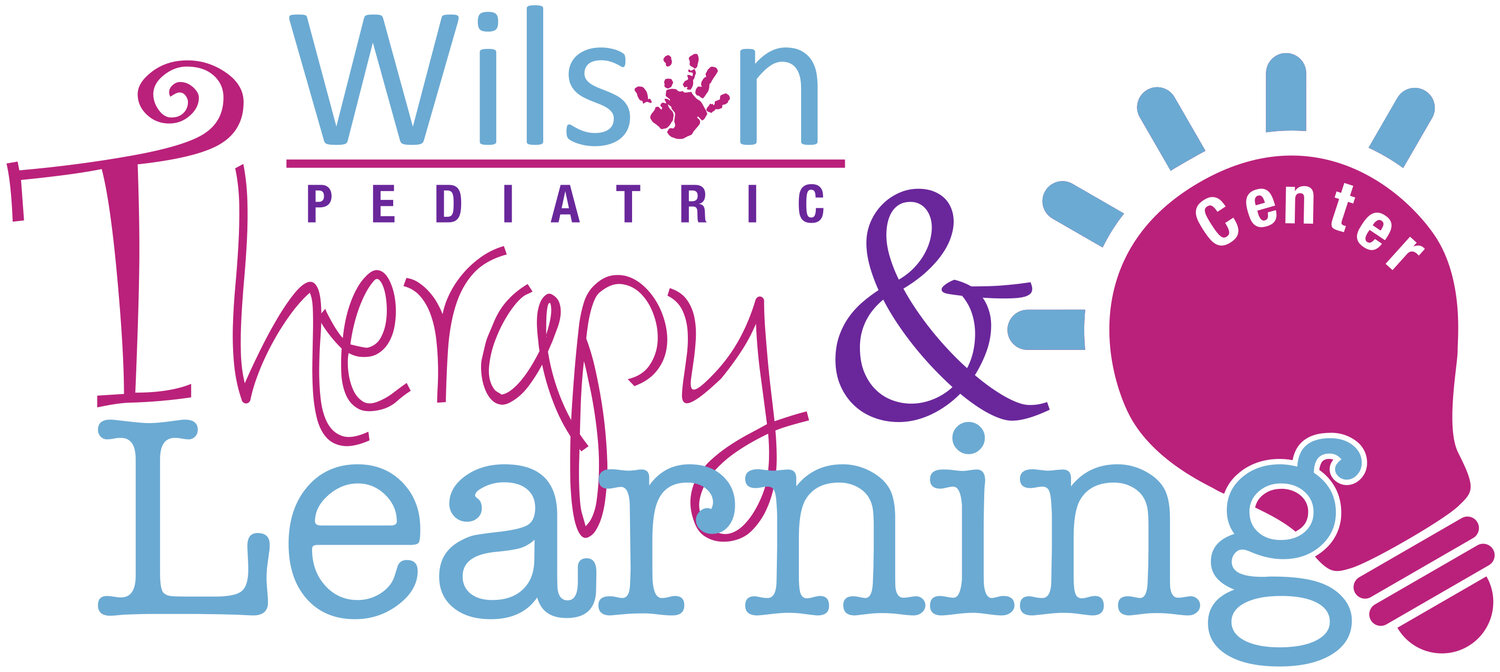What does it mean to be child-led?
“Play is often talked about as if it were a relief from serious learning. But for children, play is serious learning.” - Mr. Rogers
You may have heard your child’s therapist refer to their session as “child-led,” but what does this mean? In pediatric therapy, we are always working towards achieving specific goals to help your child grow. In order to reach those goals, we have to keep the activities meaningful and motivating. For children, learning is best done through play. When we follow the interests and attention of the children we are working with, they are more available to participate and learn from that interaction. Simply put, to be child-led means to let the child lead the activity with their interests, ideas, and preferences. As the therapist, our job is to notice the way a child is engaging with something and connect that to their goals.
For example, a child may be playing with toy cars by flipping them upside down and making their wheels spin. As adults, we may be inclined to “correct” this play, by showing them how to use the cars to drive around. When we do that, however, we lose a moment of shared connection and attention. The child may become frustrated that we changed their idea. They may not be interested in or ready to pretend the toy cars are like cars in real life. They may no longer want to play with us and we lose the opportunity to help them grow.
Compare this to a child-led version of the same activity: the child has lined up cars upside down and is spinning the wheels as fast as they can. We may get down next to them and model a word to connect to the activity “spin, spin, spin!” If they are using sentences, we might model a phrase to describe it: “they are spinning so fast!” We might imitate the activity with our bodies, “the wheels are spinning! I’m going to spin too.” We might find other objects to spin: a fan, a ball, a fidget. When we follow a child’s lead, we know they are already paying attention to the activity, which makes their brains more available to learn and connect information. When a child is enjoying an activity, they are more likely to continue it, which gives them more time to practice the skills they are learning throughout.
When you are playing with your child, try not to worry too much about making the activity ‘educational.’ Instead, notice the way your child is enjoying the activities they are drawn to and try to share that joy with them. Experience what they experience and help them to make meaningful connections between that joy and their growing skills. The education will follow.
Check out this graphic from Play Spark that breaks down the differences between Adult-Led and Child-Led activities.

